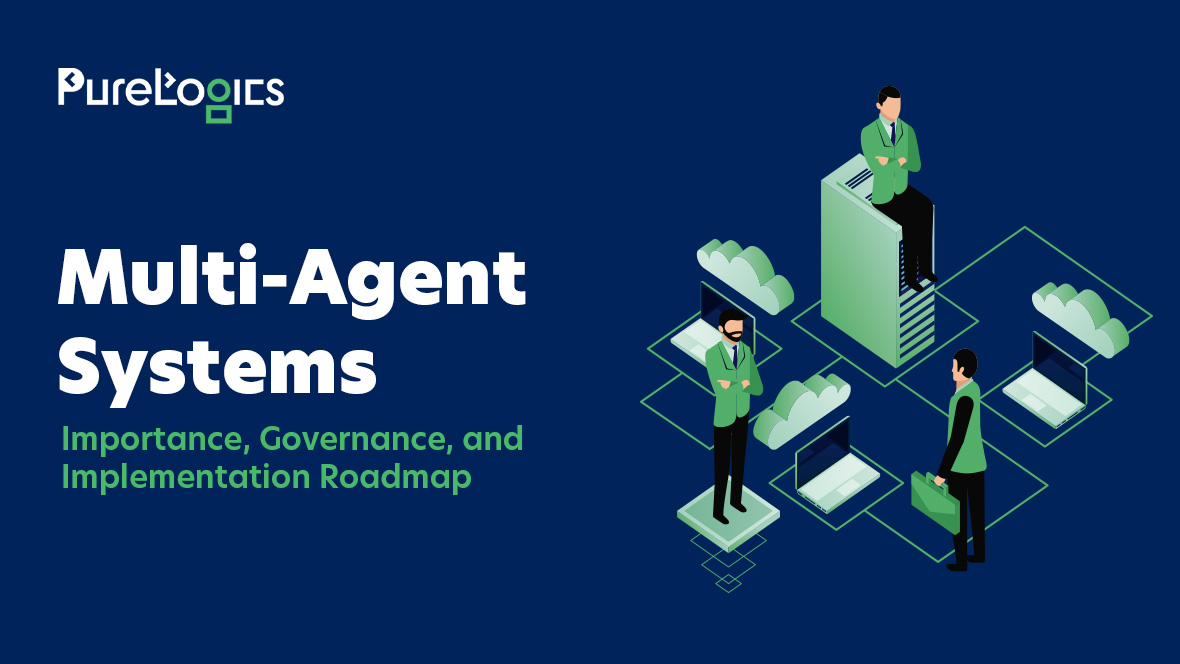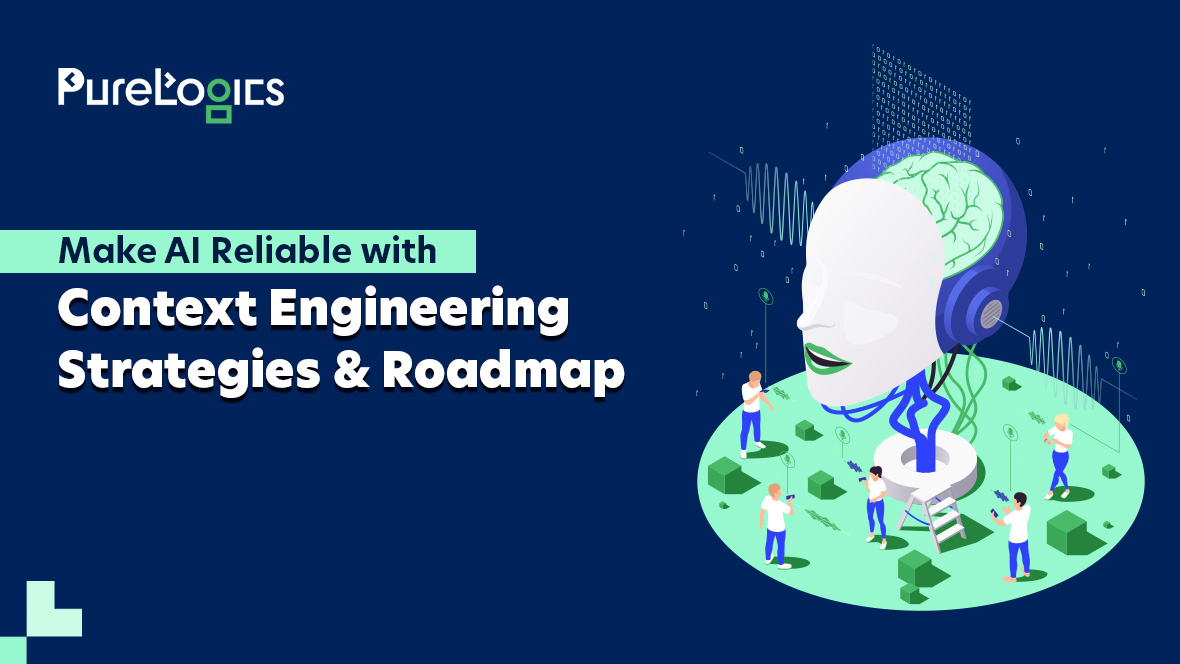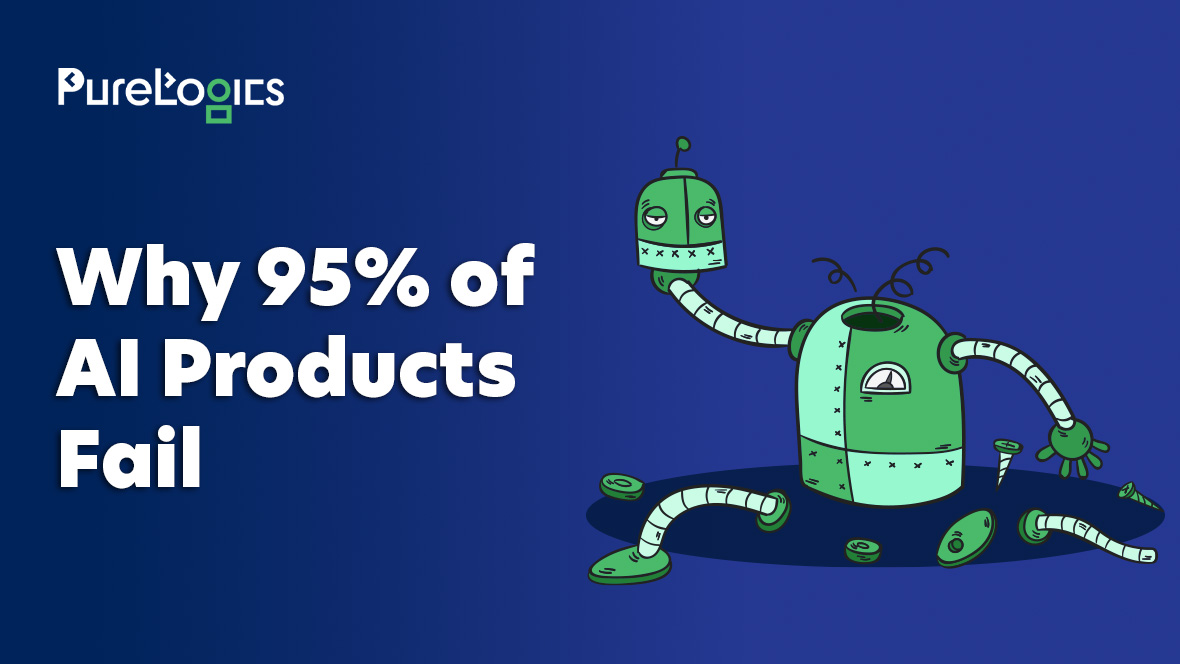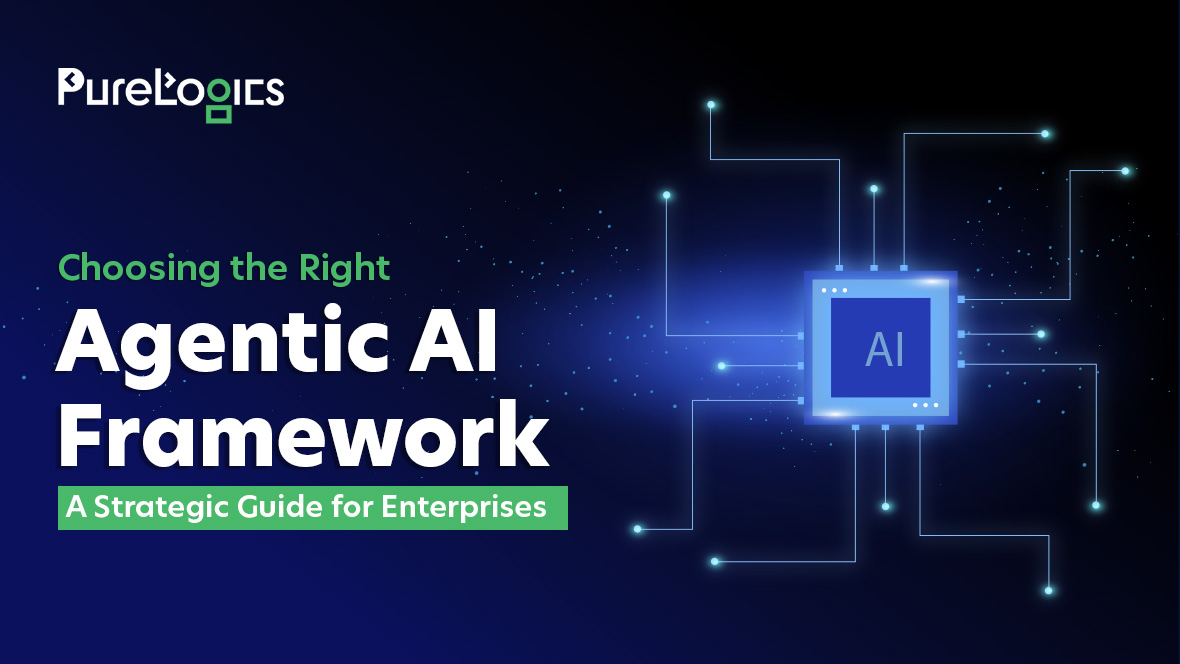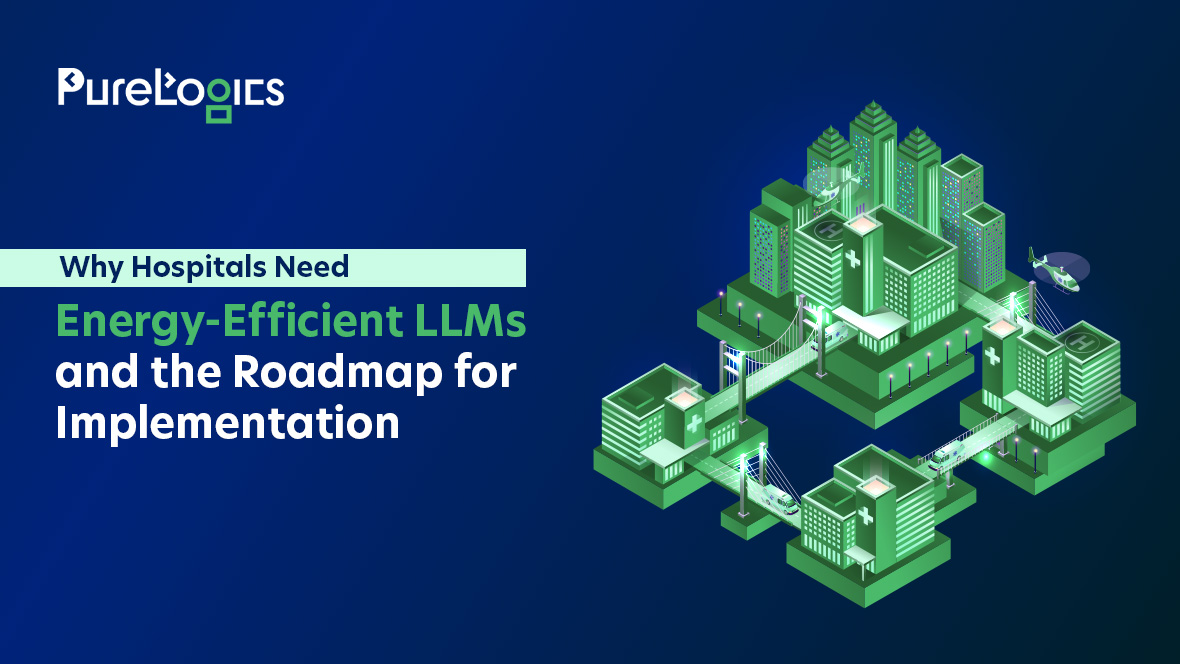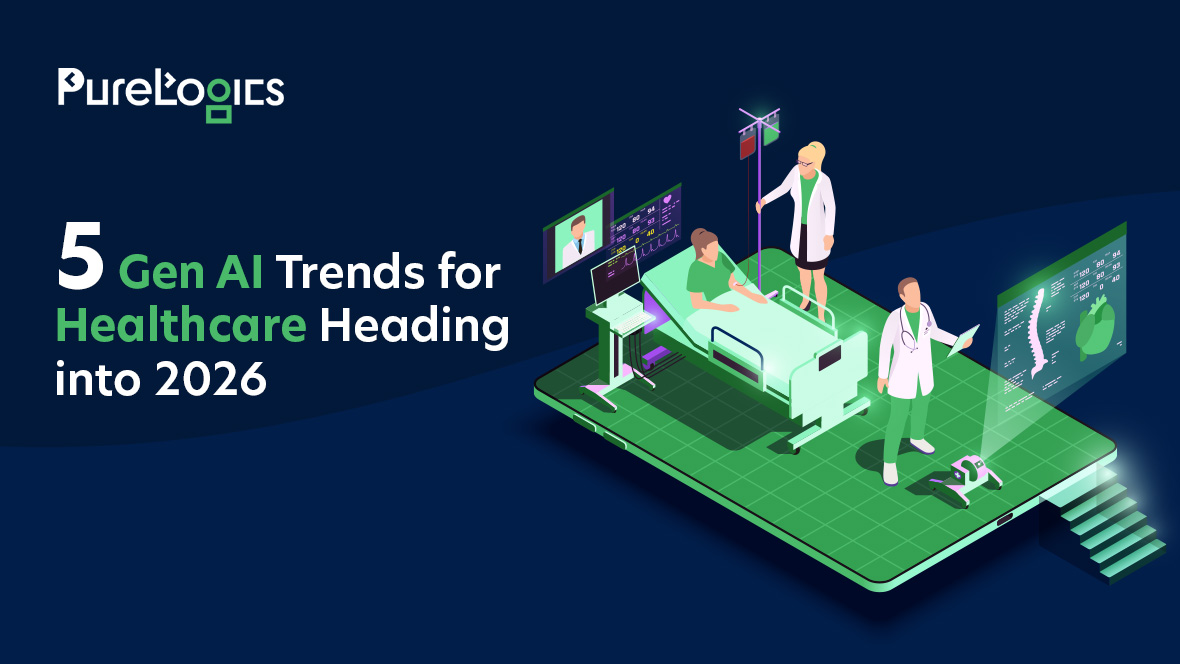Over the past few years, multi-agent systems have transitioned from experimental research toward early production architectures in enterprise contexts. Most organizations still depend on a single LLM to perform various tasks. But leading companies are now building specialized agents that operate in coordination, each designed for specific functions like retrieval, validation, or execution. All in all, the multi-agent systems will become the structural backbone of scalable, governed AI systems across enterprise platforms.
Why This Architecture Matters
Multi-agent systems reimagine how users interact with AI. Instead of a monolithic model determining intent, a network of agents collaboratively plans, verifies, and acts, producing explainable and auditable outcomes.
Example: Customer refund request
Traditional single-LLM approach:
- User: I need a refund for order #12345
- LLM generates a response directly, may hallucinate policy details, and has no audit trail
Multi-agent approach:
- Intent Classifier Agent → identifies refund request
- Policy Retrieval Agent → fetches the actual refund policy for the product type
- Validation Agent → checks order eligibility, purchase date, return window
- Execution Agent → processes refund or explains denial (in most regulated environments, this step remains human-supervised or constrained by approval workflows)
- Each step logged, traceable, verifiable.
Core Architectural Benefits
The multi-agent systems are designed to be modular, precise, and fault-tolerant. They make processes transparent and structured, with each agent performing a specific, traceable function.
- Predictability: When responsibilities are partitioned, outputs become easier to test and reason about.
- Parallelism: Properly architected agents can run in parallel and reconcile results, enabling real-time suggestions and background verification under asynchronous orchestration.
- Auditability: Specialized agents enable logging of intent, decision rationales, and tool calls at the subsystem level, which is critical for explainability and regulatory compliance.
Moreover, Gartner’s taxonomy and industry guidance also define multi agent systems as independent and interactive agents collaborating to achieve goals. However, proper deployment is the key determinant of their success.
Market Facts About Agentic AI and Multi-Agent Systems C-Suits Cannot Ignore
Despite the hype, the early agentic AI pilots fail to reach production due to weak orchestration and unclear agent roles. Yet organizations can get measurable gains in reliability and user trust, turning early setbacks into a strategic advantage. Below are some stats that explain the overview of Agentic AI in the market
- Gartner’s emerging tech analysis warns that many agentic AI projects are overhyped and lack clear business alignment. The firm forecast suggests that over 40% of agentic initiatives will be abandoned by 2027 unless the organizations enforce measurable ROI and disciplined experimentation. This is not market speculation but a forward-looking market prediction based on analysis of reputable sources. For C-suits, this means integrating stopping criteria and value checkpoints into AI experimentation roadmaps.
- According to Ernst and Young’s 2025 Global AI Readiness Survey, nearly half of surveyed executives expect 50% of their AI deployments to become autonomous within the next two years. Moreover, the EY study across multiple sectors portrays the executive appetite for agentic and self-managing systems and indicates pressure to introduce standardization, governance, and interoperability before scaling.
- McKinsey’s State of AI report, based on an extensive cross-industry market survey, found that around 78% of organizations already use AI in at least one business function. This shows that multi-agent initiatives are not being built in silos, but instead integrated into existing AI.
These reports show that both autonomous and multi-agent deployments require guardrails and measurable governance frameworks.
Architecture: Key Design Controls
The following are key design controls that can be implemented in multi-agent AI systems to ensure clear responsibility, coherent task execution, and a reliable, traceable user experience.
Clear Responsibility Graph (R-Graph)
Clearly explain which agent in the multi-agent systems owns each subtask and what inputs and outputs are allowed. Represent this as an R-graph with agents as nodes and typed channels, such as fact, intent, and action_request as edges (these channels can be implemented as structured message schemas or event types within the orchestration layer). This prevents the overlapping actions or contradictory responses, creating a coherent user experience.
Tooling: Orchestration Runtime vs Ad-hoc Messaging
Avoid ad-hoc agent communication and use mature orchestration frameworks like Microsoft AutoGen, which provides lifecycle management and observability. Moreover, the smooth coordination behind the scenes ensures faster and more reliable outputs with fewer user-facing errors.
Observability and Telemetry
Instrument each agent with structured telemetry like prompts used, tokens consumed, external tool calls, latency, and human escalation metrics. Include cost attribution per agent and dependency chain profiling for capacity planning. This enables rapid diagnosis of workflow issues and correlates agent behavior with the user experience, ensuring consistent and transparent interactions.
Data Contracts and Privacy in Multi-Agent Systems
Agents often need context, so privilege access must be enforced through API gateways and transient session stores. When sensitive data moves between agents, encrypt, sign, and log artifacts.
Human-in-the-Loop
It is better to start with assistive workflows where humans approve agent recommendations, and then progress to tiered autonomy for low-risk tasks, where predefined conditions trigger automatic signoff. This increases system autonomy.
Frameworks and Tools
Plus, choosing frameworks and tools that increase observability and reduce boilerplate is crucial.
- Vendor SDKs and agent kits: OpenAI and Anthropic, among others, provide shipping agent SDKs and skill frameworks to enhance agent profitability in work contexts, including early-stage toolkits like OpenAI’s Agent SDK and Anthropic’s emerging skill frameworks. However, evaluating their enterprise feature sets before vendor lock-in is best.
- Orchestration frameworks: Microsoft AutoGen facilitates event-driven, multi-agent architectures and conversational patterns.
- Agent orchestration layers and graphs: LangGraph/LangChain ecosystems give patterns and tooling for composing agents and workflows.
- Testing and simulation tooling: Invest in agent simulation frameworks that allow you to run thousands of synthetic dialogues to identify failure modes and compounded error rates before they are encountered by users.
Although multi agent AI can decrease risks, it can introduce coordination errors; however, effective risk management can mitigate these risks.
Risk Management: Where Multi-Agent Systems Can Fail & Practical Mitigation
These systems can introduce risks like compounding hallucinations and operational complexity. Gartner warns about “agent washing” and expects many projects to be scrapped unless they have clear business value. Below are some of the practical mitigations:
- Cost SLOs and token governance: Agent systems can increase costs through redundant model calls. The local caching and short context windows can be used where possible.
- Policy-first validation layer: Implement a light and highly auditable policy agent that defines constraints and can flag outputs.
- Compound-error modeling: Simulate multi-agent chains and model propagation quantitatively. If each agent has a failure probability p, compute the end-to-end failure likelihood and set SLOs accordingly. In realistic systems, agent failures are often correlated; therefore, probabilistic dependency modeling should supplement independent p^n estimation.
Mitigate AI Risks with Expert Guidance
Ensure reliable, traceable multi-agent AI workflows and a predictable, coherent user experience.
In addition to all this, the C-suites should plan for organizational implications.
Organizational & Delivery Implications
The two most critical organizational shifts the C-suits should plan for:
- Product design maturity: Product managers must design UX around staged autonomy and traceable decisions.
- New engineering primitives: The team must become fluent in prompt and version management, as well as R-graph dependency and consistency testing.
Moreover, phased implementation can allow C-suits to evaluate, assess, and correctly integrate the multi-agent systems. Below is a road map to follow for correct integration.
Phased Implementation Road Map (Practical Steps)
A table below with clear timelines can help in the implementation of multi-agent systems in a strategic manner.
| Phase | Timeline | Focus |
|---|---|---|
| Discovery | 0–4 months | Develop a R-graph for a high-value, low-risk use case and identify agents, data, and governance requirements. |
| Prototype | 4–8 months | Deploy agents with off-the-shelf frameworks (AutoGen, LangChain), explain SLOs, and monitor compound error rates. |
| Pilot | 6–12 months | Deploy with HITL, instrument telemetry, and measure human override rate and TTV. |
| Scale | 12–24 months | Automate validation paths and cost controls, align SLAs with business owners, and prepare for stop/rollback. |
Closing Remarks
Multi-agent architectures provide organizations with a structured, efficient, and auditable way to manage complex workflows. By assigning clear responsibilities to specialized agents, they reduce errors, improve scalability, and allow better oversight and governance.
For C-suites who balance rigor with speed, the multi-agent systems can bring operational resilience and differentiation. Therefore, partnering with experts like PureLogics, which develops custom AI solutions, can help the team design, orchestrate, and deploy multi-agentic AI systems that are reliable and aligned with business outcomes.
Frequently Asked Questions
Does ChatGPT function as a multi-agent system?
No, ChatGPT is not a multi-agent system. It is a single large language model (LLM) that generates responses based on patterns learned from the vast amount of text, unlike multi-agent systems, where multiple specialized agents collaborate with distinct roles and responsibilities.
What are multi-agent systems?
The multi-agent system consists of multiple autonomous agents interacting in a shared environment. They collaborate, coordinate, or sometimes even compete to achieve individual or collective goals.
What is the difference between distributed and multi-agent systems?
The multi-agent system is a collection of smart agents coordinated by a central orchestrator. Moreover, distributed systems comprise multiple independent components or nodes that work together without a central controller.


 [tta_listen_btn]
[tta_listen_btn]
 October 23 2025
October 23 2025

